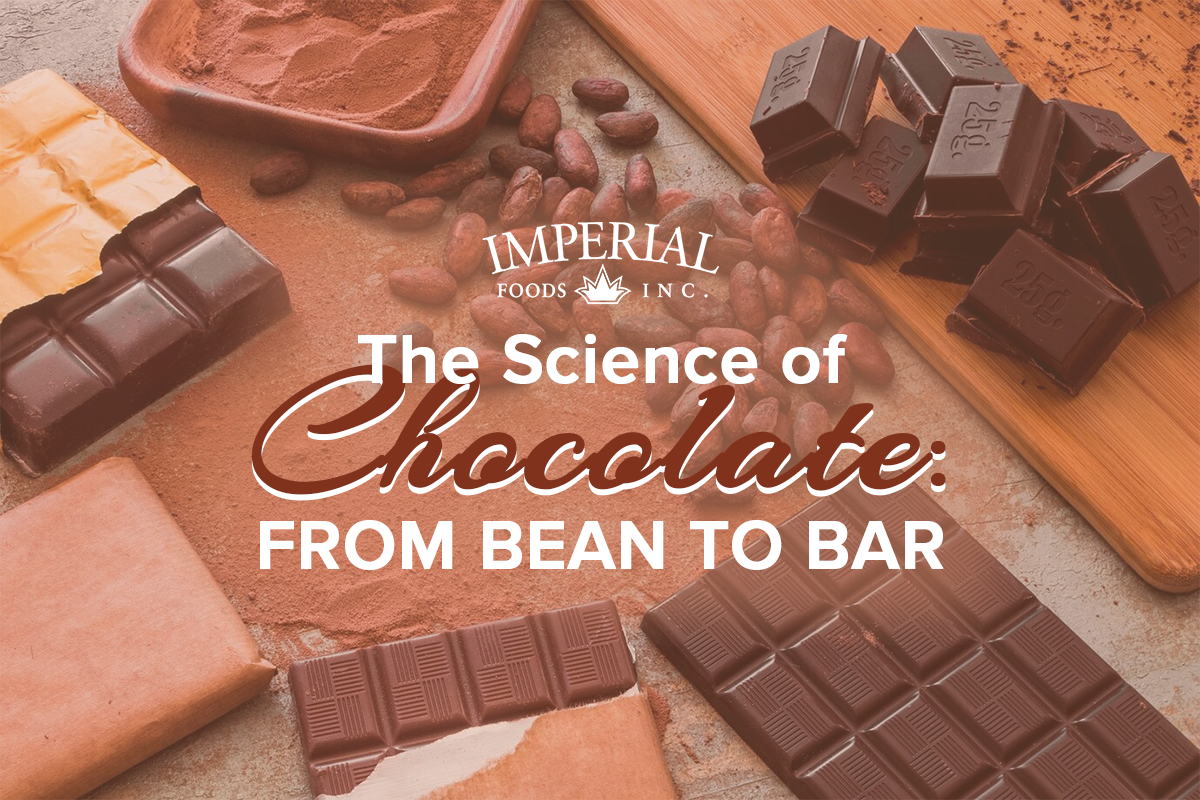
The Science of Chocolate: From Bean to Bar
Chocolate has long been a favorite treat for many, but did you know there's actual science behind it? It's not just a delicious indulgence, but a fascinating combination of chemical compounds and processes. Cocoa beans, the main ingredient in chocolate contain numerous antioxidant compounds known as flavonoids. These compounds have been shown to have various health benefits, such as reducing inflammation and improving heart health.
Additionally, the consumption of chocolate has been linked to the release of endorphins, which are natural chemicals in the brain that promote feelings of happiness and pleasure. On a more technical level, the melting point of chocolate is slightly below body temperature, which allows it to melt smoothly and create that luscious, creamy texture we all love. So, the next time you indulge in a piece of chocolate, remember that you're savoring a delicious treat and appreciating its fascinating science.
In this article, get ready to embark on a fascinating adventure into the world of chocolate making! From the cocoa bean to the finished product, this journey will leave you craving for more. Let's dive right in and discover the secrets of crafting the perfect chocolate!
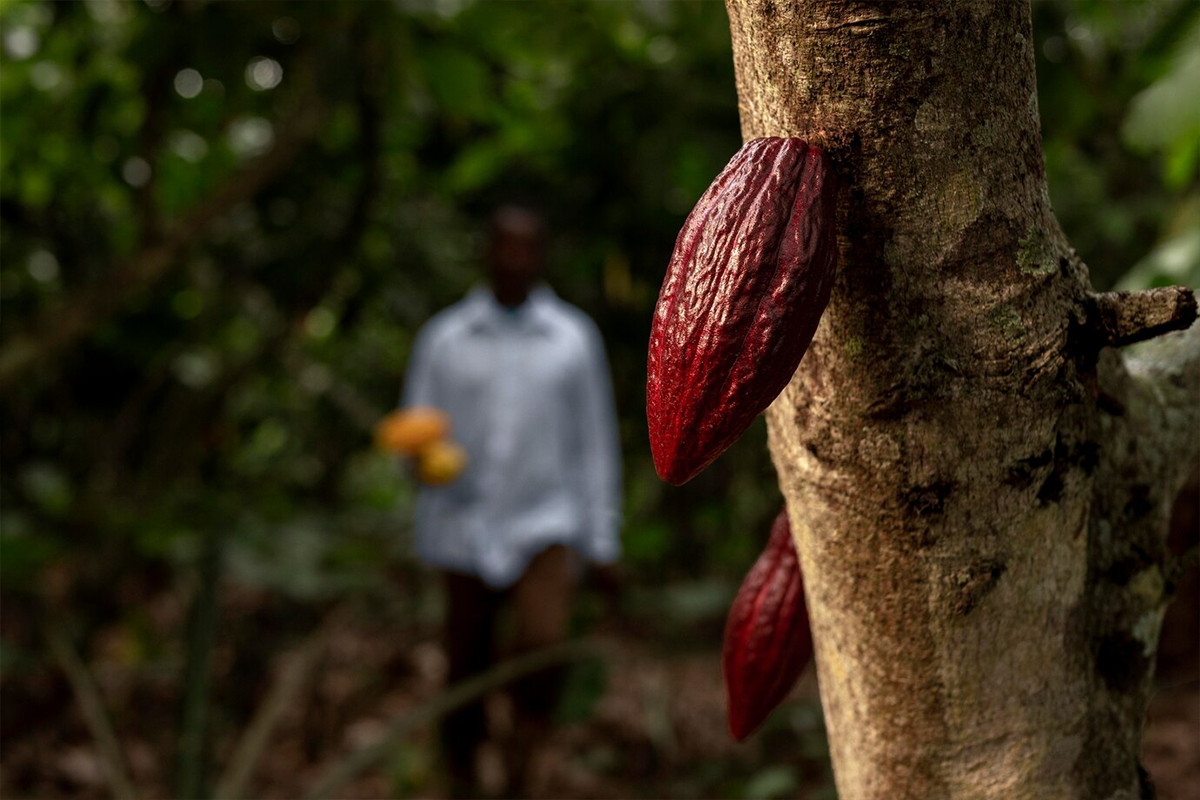
The Cacao Plant
Cacao trees can be grown in a variety of climates and conditions, from tropical rainforest to temperate climates. The trees are generally low maintenance and easy to care for, but the rewards are great. Once the tree has grown and matured, it will produce beautiful, fragrant flowers, followed by cacao pods containing cacao beans.
Cacao cultivation is an integral aspect of the chocolate-making process. The beans are the source of raw cocoa powder and cocoa butter, two of chocolate's primary constituents. With careful attention and management, cacao can be a rewarding crop for farmers and a key ingredient in delicious and beloved chocolates!
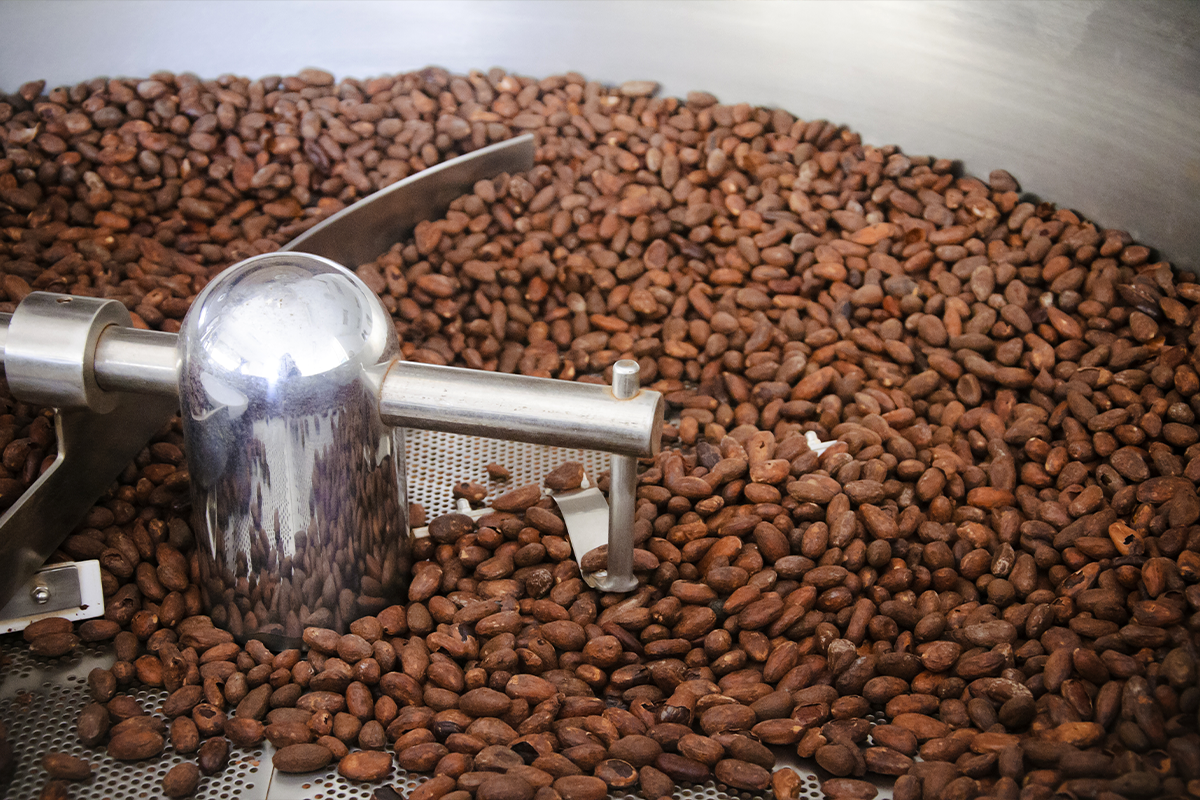
Fermentation and Roasting of Cacao Beans
After the cacao is harvested, it will go through fermentation and roasting. Fermenting cacao beans involves controlling the temperature and moisture of the beans for several days in order to activate the flavors and aromas locked inside. It is placed inside a large wooden bin and the beans are covered with banana leaves. The fermentation process is delicate and requires careful attention, but the result is worth it!
Next up is the drying and roasting process. The fermented beans are dried to remove the high level of moisture to reach their full flavor potential bringing out the sweetness and complex aromas of the beans and the dried beans are roasted at temperatures 250-325 F depending on factors such as bean type and size.
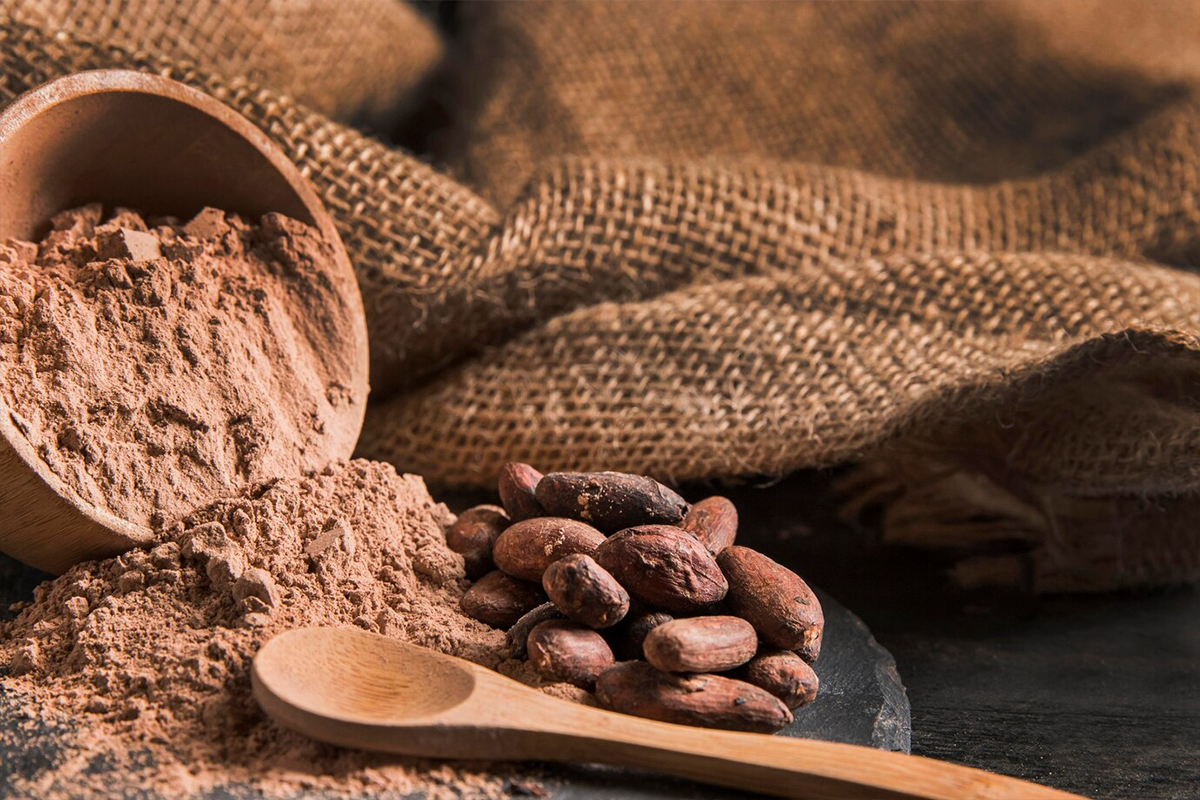
Grinding and Conching Process
After the roasted beans are winnowed, the grinding process follows. Together with conching, it is an important part of the process that helps to create the perfect texture and flavor for our chocolate. The grinding of the cocoa nibs breaks down the particles to a fine, even consistency, allowing for a smooth and creamy product.
Conching helps to refine the flavor and texture of the finished chocolate. It also helps to reduce the overall bitterness of the beans. Once the beans have been ground and conched, they are ready to be turned into a paste called chocolate liquor which is a thick, dark liquid made from sugar, cocoa solids, and cocoa butter. The liquor is then used to make chocolate of all different types from dark chocolate to milk chocolate.
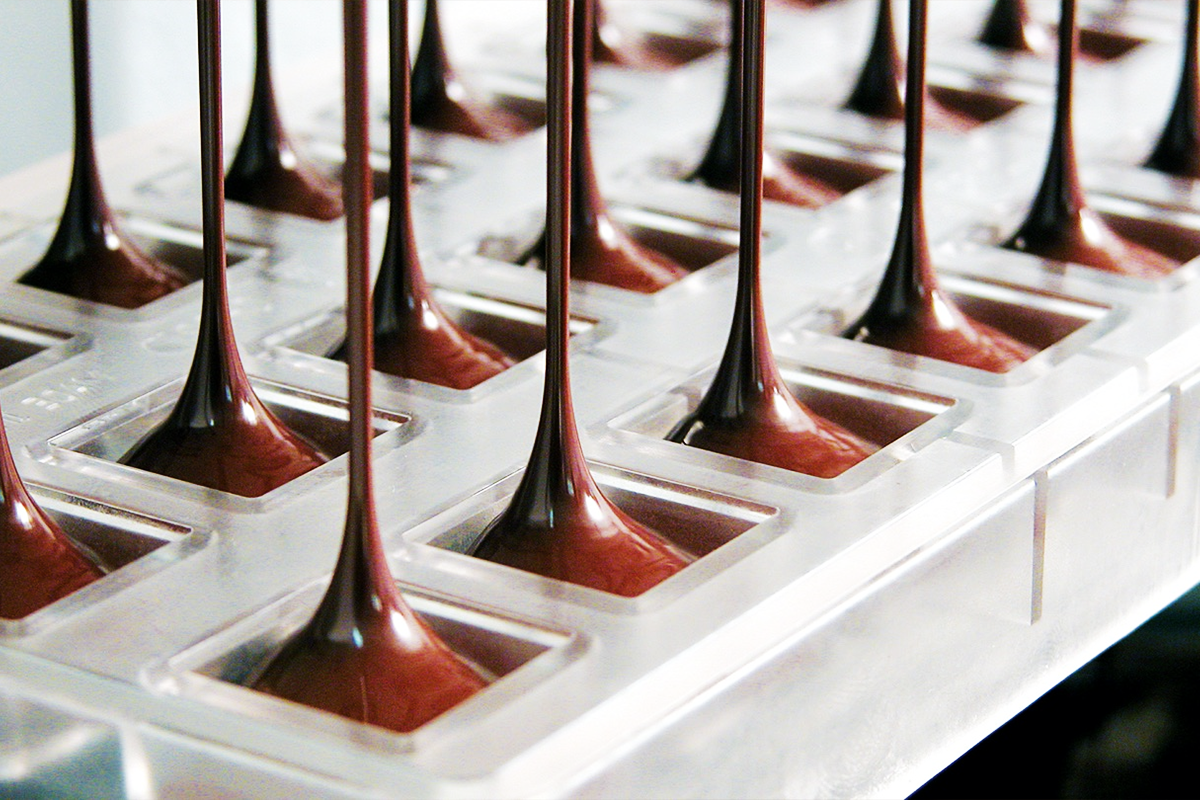
Molding and Tempering
The chocolate must first be tampered with before it can be transformed into chocolate bars. The tempering process is the heating and cooling of chocolate to create a smooth texture and shine. This process also affects the chocolate flavor, making it more intense and complex. Chocolate makers do this process to stabilize the cocoa butter crystals within the chocolate, allowing it to set into a solid form. If chocolate is not tempered properly, it will be too soft and will not set properly.
Finally, the chocolate is poured into molds and cooled again. This process of molding and tempering chocolate ensures that the end product has a smooth texture and glossy finish.
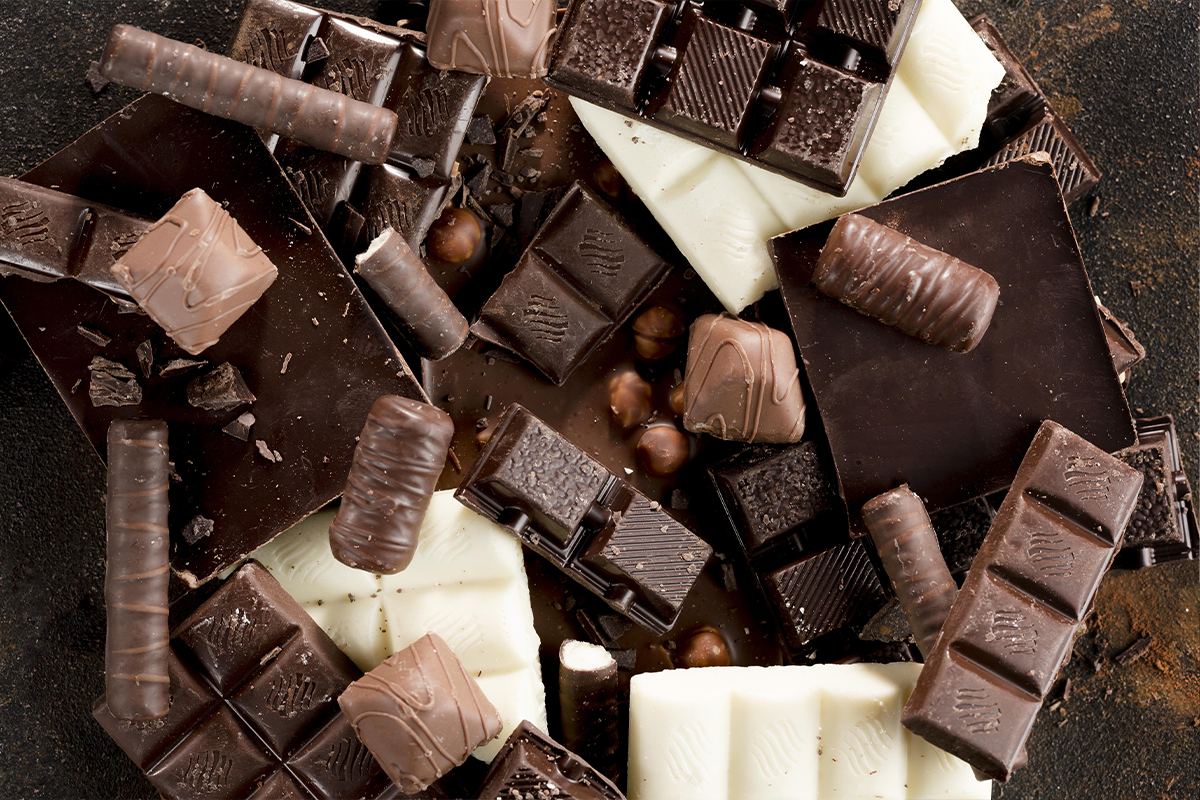
Exploring the Flavors of Chocolate Production
Chocolate comes in many forms and flavors. From creamy white chocolate to dark chocolate truffles, there is something for everyone. Chocolate chip cookies, hot cocoa, and even chocolate-covered nuts and pretzels are all popular options. Whatever your sweet tooth desires, there is a type of chocolate product to satisfy it.
Craving delicious chocolates, right now? Oh, don't resist the temptation! Now is the time to give in to your craving. Skip the chocolate factory and just visit Imperial Foods to shop classic favorites and unique and exotic flavors. You might also wish to indulge in our high-quality chocolate lover's basket collection or explore other pre-made gift sets for any occasion. Imperial Foods' chocolate selection, wholesale gift baskets, and gourmet foods will truly make your gift stand out, bring joy to the recipient, and make any day or celebration feel special!